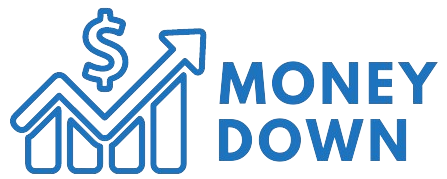What are capital gains?
If you have got bought an asset or an investment for greater than, you have got a capital profit. Let us assume that they bought stocks price 1,000 $ 1 and sold their shares two years later for $ 1,500. In this case you have got a capital gain of 500 US dollars. On the opposite hand, they’ve a lack of capital.
Capital profits and losses can occur in lots of varieties of investments and property, including stocks, bonds, investment funds, stock market funds (ETFs), rental objects, huts and business facilities. Capital profits and losses generally don’t apply to non-public usage properties through which the worth generally decreases over time, e.g. B. cars and boats. There might be exceptions for private usage properties akin to rare coins or collector cars. The capital gains tax doesn’t apply to real estate that’s qualified because the foremost residence for all years through which they’d them.
How are capital income in Canada taxed?
Capital profits are sometimes considered a type of “passive income”. However, they’re taxed otherwise than other passive sources of income akin to interest income, Canadian dividends and foreign dividends. They are also taxed otherwise than the employment income, for the reason that capital gain within the inclusion rate of interest is known as. In this sense, capital gains are unique.
The very first thing it’s best to know is that your income for the tax 12 months through which you might be earned are added to capital profits – similar to employment income. As long because the profit is “not realized”, which implies that the asset stays in your possession, you would not have to pay any taxes. Therefore, capital gains might be postponed more easily than other passive sources of income. The difference is that in contrast to employment income, which is totally taxable, only a part of a capital profit is definitely taxed. We will take a more in-depth take a look at the brand new prices.
The second factor that determines the tax paid for a capital is your total income for the 12 months. In this sense, one could say that capital gains are comparable to the regular employment income. If you earn more income, proceed to Canada’s federal and provincial/territorial tax classes- also generally known as border tax rates. Your marginal tax rate refers back to the rate of interest, to which your next deserved dollar is taxed, in response to these clinging.
According to Canada’s progressive tax system, individuals are taxed on different rates of interest, no matter whether the income comes from capital gains or employment. This signifies that there isn’t a “capital gains tax rate” in Canada, as its rate of interest will depend on how much they earn this 12 months.
In order to understand how much you owe the capital gains tax, you have to discover your total income for the 12 months, your federal and provincial/regional tax classes and your capital income.
How high is the capital gain inclusion rate?
Previously, Canada had a single capital gains in 50%. This rate applied to individuals, trusts and corporations. This situation modified from June 25, 2024, when the federal government increased the inclusion rate for people – in some cases – in addition to for trusts and corporations in all cases. With effect from June 25, 2024, the inclusion rate for people in the primary USD of a capital profit is half (50%) and two thirds (66.67%) for every part that exceeds $ 250,000. The inclusion rate for firms and trusts is 2 thirds (66.67%) for all capital profits.

